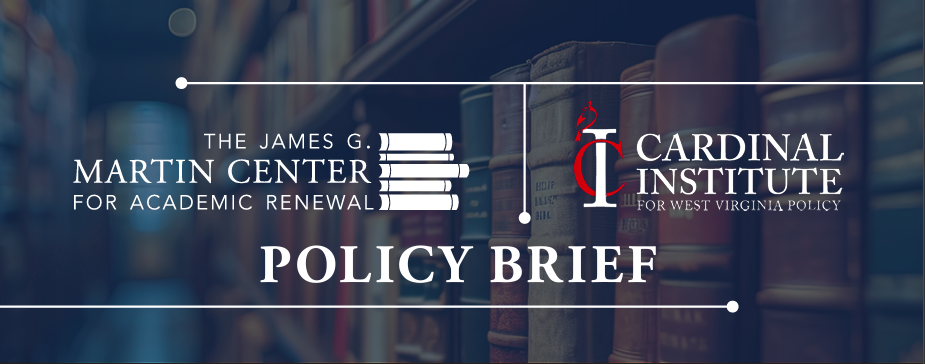Accreditation is one of the three tickets that every college in America must punch if it wants access to federal student aid (FSA) programs for its students. The current regulatory regime for postsecondary institutions forces each college wanting to participate in FSA programs to get authorization from the state in which it operates, meet the standards set by the U.S. Department of Education, and—strange as it may seem—get a green light from a nongovernmental organization called an accreditor.
State authorization is enough if a college doesn’t mind asking its students to get loans on the private market, but extremely few colleges (such as Hillsdale College) take that route. Since almost all colleges make themselves subject to the federal government and an accreditor, each of those bodies has tremendous power. Accreditors all too often abuse their authority, as described below. (The Department of Education abuses its power, too, but those examples are for another day.)
The good news is that while American colleges can’t shop for a different federal government, they can shop for a different accreditor. That’s a new development. During the Trump administration, Secretary of Education Betsy DeVos instituted new regulations letting any accreditor do business anywhere in the country. Before this change, a small number of accreditors divided up the country into fiefdoms and did not intrude on each other’s turf; they were therefore called regional accreditors. The historically regional accreditors are now all national accreditors.
So, which accreditor should a college choose? This policy brief, “How Universities Should Choose Their Next Accreditor,” can help colleges and universities make a sound decision.


